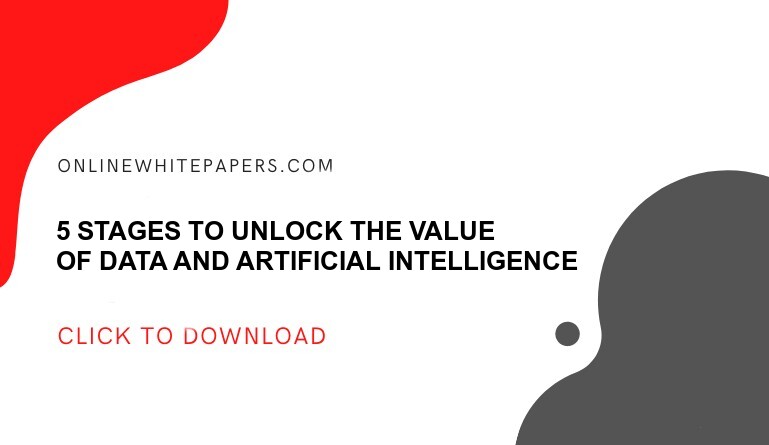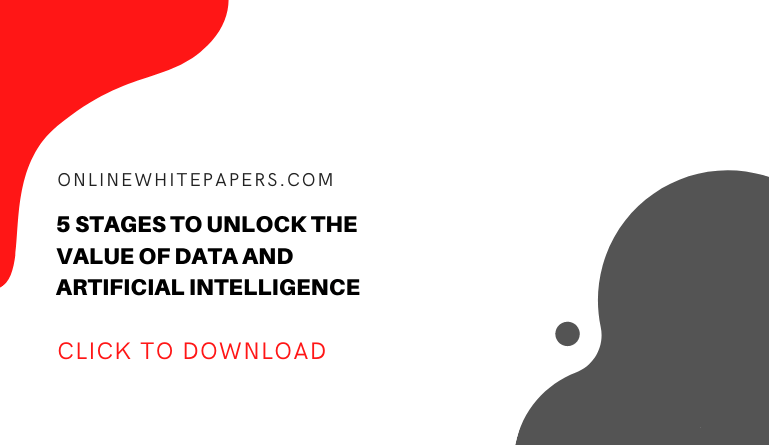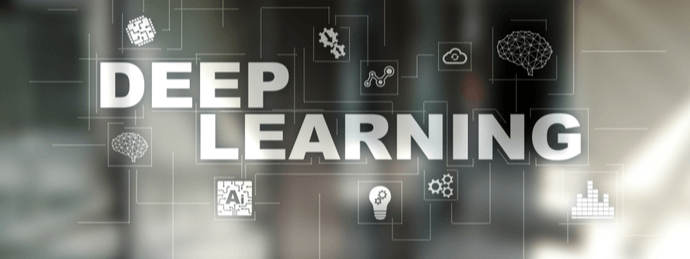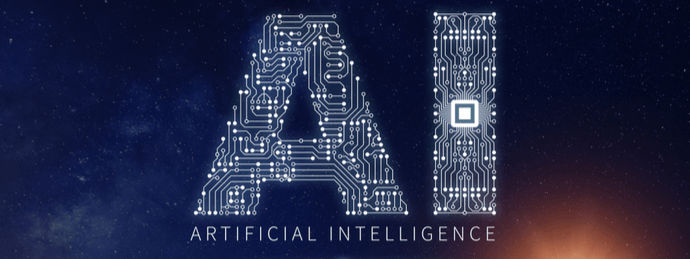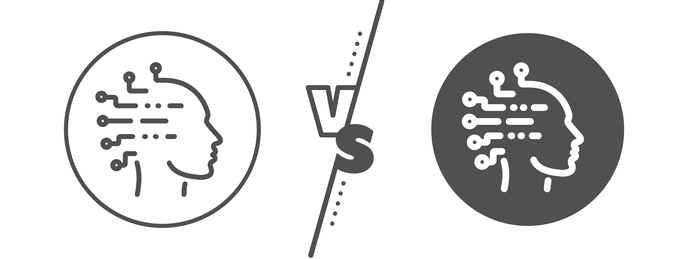B2B marketing executives have changed their focus to AI over the past few years to increase the effectiveness of their campaigns and boost business growth.
The usual way of targeted marketing has been to determine signs of behavioral similarities, for example, subscribing to a newsletter related to a particular subject, and creating content according to the perceived preferences of an audience.
In the past 4 years, there has been a 270 percent growth in the number of brands making use of AI. It is also estimated that the global market of AI will get to $267 billion by 2027. These numbers are not surprising, especially when you consider all the advantages of using AI technology in B2B content marketing.
By using AI-enabled tools, content creators will be able to automate a lot of cognitive duties. Also, they’ll be able to detect trends and predict what the future will hold, thereby ensuring the success of their marketing strategies.
How can AI and B2B Work Together?
Since increasing growth and sales have been the primary focus of every B2B marketer, they have to detect ways of leveraging data and technology and experimenting with new marketing strategies for winning the trust of their audience.
If the focus of the last decade of B2B marketing has been about things happening to marketers, then the next phase has to place more focus on the consumers – to place them at the center and heart of the revolution. Even though AI technology is the answer, we need to understand and implement the value proposition of AI-enabled B2B content due to the primacy of consumers in this technological era.
AI-Enabled Data Collection Strategies
One of the biggest challenges that B2B marketers encounter while building successful strategies is to gather, analyze, and interpret the data of customers. Doing this analysis with accuracy and precision is complex, expensive, and takes a lot of time – but it is also important. AI makes the process of data collection and analysis to be simpler by channeling information through algorithms to organize it in ways that are easily accessible and understood.
By using machine learning applications, you can update data in real-time in a relevant manner. In other words, AI converts static data into dynamic data by adding behavioral, contextual, and real-time variables. Since AI has impacted how marketers gather and analyze data, it has changed how marketers can use the data to improve their marketing techniques.
How will AI change the Future of Content Marketing?
1. Selecting an audience
AI can enable improved audience selection and segmentation by using tools to determine a target audience according to their previous behaviors. Marketers can provide tailored experiences that potential customers will find unique to their needs.
The amount of time and money you invest in digital ads in B2B content marketing is directly tied to importance. As you connect with audiences to take action, you’re getting the most value for your investment.
AI is revolutionizing this process by getting rid of the guesswork and targeting based on audience preferences. You can make use of this technology to show people the ads that they find most relevant – thereby reducing your expenses.
2. Content creation
The area of content creation is another way that AI will impact marketing in the future. AI-enabled B2B content is an important field of content intelligence, where AI tools provide data-driven ideas and feedback to content creators. By creating a continuous feedback loop, marketers will enhance their content creation efforts and get better results.
Some ways in which AI will positively impact content creation include:
- Efficiently optimizing posts on social media platforms
- Create content that is data-driven and ranks better
- Personalizing emails and website copy that has a good ROI
- Testing landing pages and determining the best-performing ones
- Effective conducting keyword research
AI technology will make the process of content creation to be simpler and more effective by providing data-driven feedback and helping in content profiling, topic inspiration, and content accuracy. AI will also enable the creation of personalized content that will enhance your marketing efforts.
3. More efficient advertisement
AI technology enables marketers to determine what customers want, this means that it can easily discover trends and insights about an audience to enhance marketing efforts.
Additionally, AI tools can change some segments of the advertising to personalize it according to the types of customers being attended to. It can do this by using different text, music, pictures, videos, and so on, to meet the preferences of an audience. AI programs will likely be able to create ads that are a lot more effective than those produced by humans.
Some of the use cases for AI in advertising are listed below:
- Discover new ad channels that are not being used by other similar brands
- Use AI tools on various ad platforms to optimize budget, targeting, and delivery
- Make use of AI marketing platforms to buy media autonomously
- Use machine learning algorithms to get the best layout, copywriting, targeting, and bids for bigger campaigns
4. Makes SEO simpler
Although it is impossible for AI to produce highly engaging content, it can competently enhance content for search engines. Most marketing strategies require a lot of time and effort. This includes creating backlinks, choosing keywords for SEO, analyzing trends in the market, and making planned acquisitions.
AI can assist marketers to improve these processes and make data simpler and more efficient, thereby, producing quality information without any disruptions. The complex and time-consuming SEO process will become more efficient and automated with time.
5. Personalization
It is estimated that about 57 percent of B2B customers depend on suppliers to meet their needs. Generic pitches will not be enough for B2B marketing and presenting information to your audience in a timely and suitable way isn’t too much to ask, particularly with the amount of data at your disposal.
To get the most out of customer data, you must move away from the old marketing and sales processes and focus on a more personalized buying experience for B2B customers.
Conclusion
With the introduction of AI-enabled B2B content creation, most marketing executives have already started reaping its benefits. Even though most AI systems are presently hidden, their importance is obvious for all to see. AI will certainly reshape the B2B marketing sector for the better.
AI helps business owners to better understand their customers and be able to build smarter, more intuitive, and more efficient marketing processes. It is a great way to maximize existing opportunities and uncover newer, more impactful methods to increase revenue and drive long-term growth.
To learn more about how we integrate artificial intelligence and intent data, connect with the team at Byonic.AI.




